Growth in Oil and Gas Industry
The oil and gas industry is increasingly incorporating water-soluble polymers in various applications, including drilling fluids and enhanced oil recovery processes. These polymers play a vital role in improving the efficiency of drilling operations and reducing environmental impact. The demand for water-soluble polymers in this sector is expected to grow, with projections indicating a compound annual growth rate of around 5% over the next few years. This growth is likely to be fueled by the ongoing exploration and production activities in emerging markets. Thus, the Global Water-Soluble Polymer Market stands to gain from the expanding applications in the oil and gas sector.
Innovations in Biodegradable Polymers
The development of biodegradable water-soluble polymers is becoming increasingly relevant in various industries, including packaging and agriculture. These innovations are driven by the growing emphasis on sustainability and the reduction of plastic waste. The market for biodegradable polymers is anticipated to grow at a compound annual growth rate of approximately 7% in the coming years. This trend indicates a shift towards more environmentally friendly materials, which aligns with consumer preferences for sustainable products. As a result, the Global Water-Soluble Polymer Market is likely to experience significant growth as manufacturers adopt these innovative solutions to meet regulatory requirements and consumer expectations.
Rising Demand in Personal Care Products
The increasing consumer awareness regarding personal hygiene and skincare is driving the demand for water-soluble polymers in the personal care sector. These polymers are utilized in various formulations, including shampoos, conditioners, and lotions, due to their ability to enhance texture and stability. The personal care segment is projected to witness a growth rate of approximately 5% annually, indicating a robust market for water-soluble polymers. As consumers seek products that are both effective and environmentally friendly, the Global Water-Soluble Polymer Market is likely to benefit from this trend, as these polymers are often derived from renewable resources, aligning with sustainability goals.
Expansion in Food and Beverage Applications
The food and beverage industry is increasingly adopting water-soluble polymers for their thickening, gelling, and stabilizing properties. These polymers are essential in the formulation of sauces, dressings, and dairy products, where they improve texture and shelf life. The market for food-grade water-soluble polymers is expected to grow significantly, with estimates suggesting a compound annual growth rate of around 4.5% over the next few years. This growth is indicative of the rising consumer preference for convenience foods and the need for clean-label products. Consequently, the Global Water-Soluble Polymer Market is poised to expand as manufacturers seek innovative solutions to meet evolving consumer demands.
Increased Use in Pharmaceutical Formulations
The pharmaceutical sector is witnessing a surge in the utilization of water-soluble polymers for drug delivery systems and formulations. These polymers enhance the solubility and bioavailability of active pharmaceutical ingredients, which is crucial for effective treatment outcomes. The market for pharmaceutical-grade water-soluble polymers is projected to grow at a rate of approximately 6% annually, driven by the increasing prevalence of chronic diseases and the demand for advanced drug delivery technologies. This trend suggests that the Global Water-Soluble Polymer Market will continue to evolve, as pharmaceutical companies increasingly rely on these materials to develop innovative therapies.
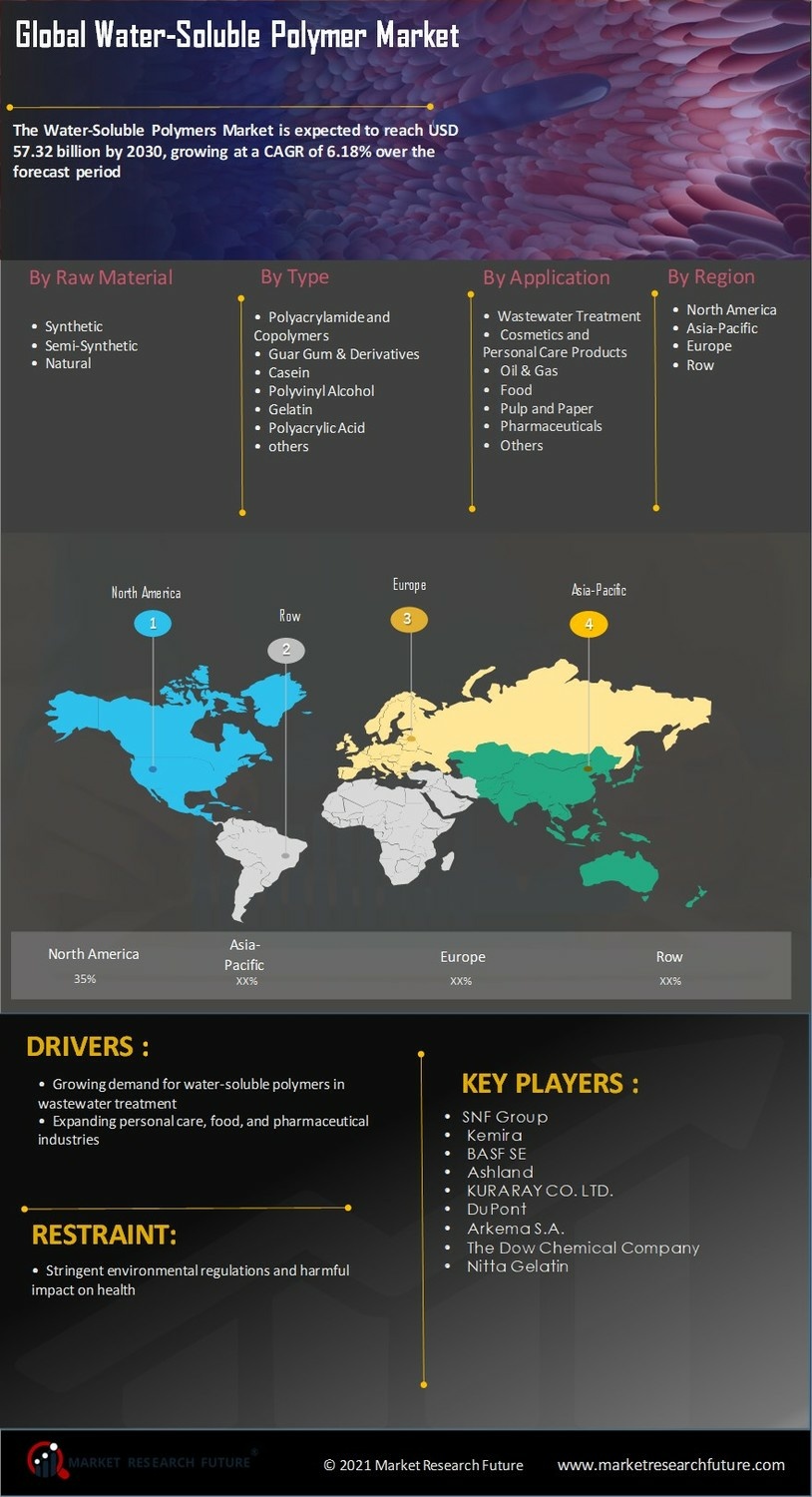

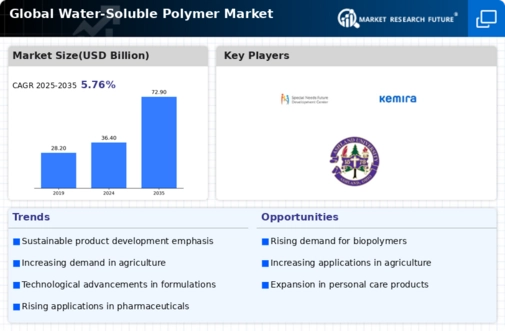
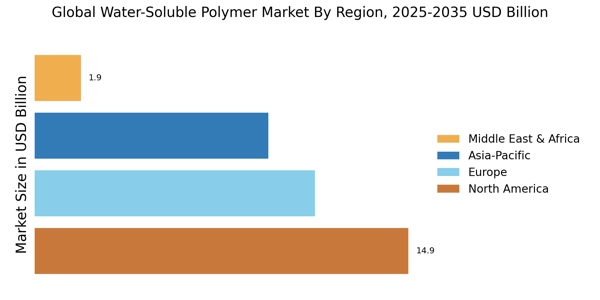

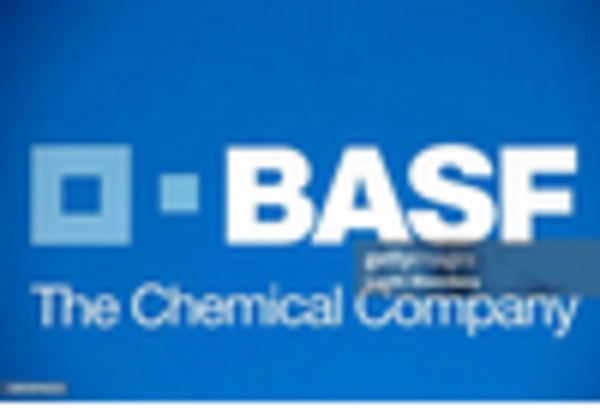
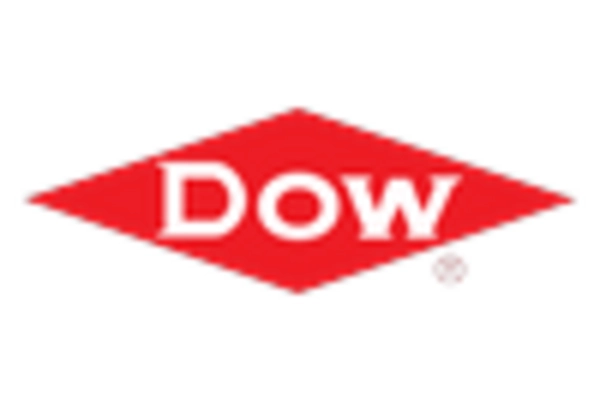
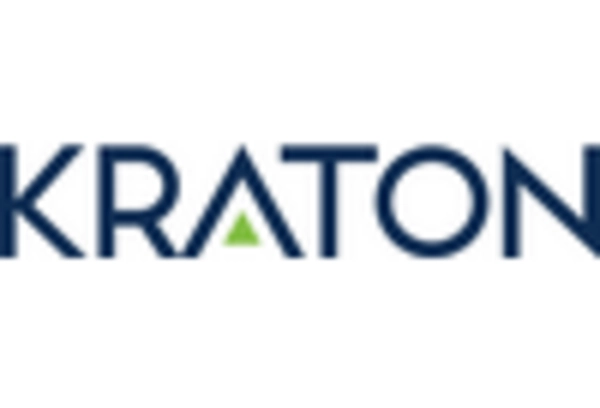

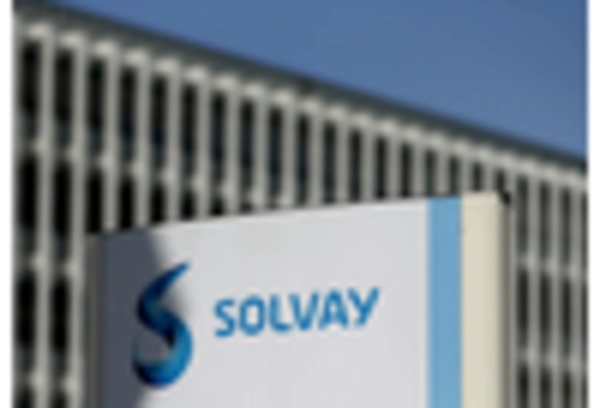








Leave a Comment